Working with a Unilock Authorized Contractor for your project means working with the best of the best.
TRIBECA COBBLE™
TRIBECA COBBLE™
The dimensional accuracy of Tribeca Cobble gives this product a significant advantage over the imported granite cobble stones that have been used in North America’s streets for centuries. Granite, marble and quartz particles give Tribeca Cobble its unique surface appearance. Ideal for driveways or traffic calming vehicular applications, Tribeca Cobble can be installed traditionally or on a permeable base to allow water to flow through.
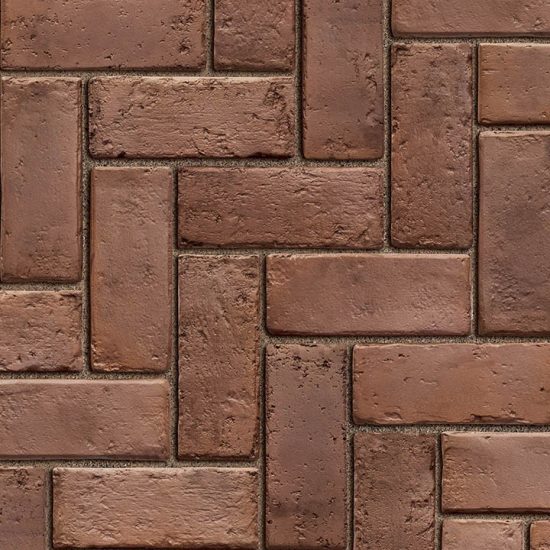
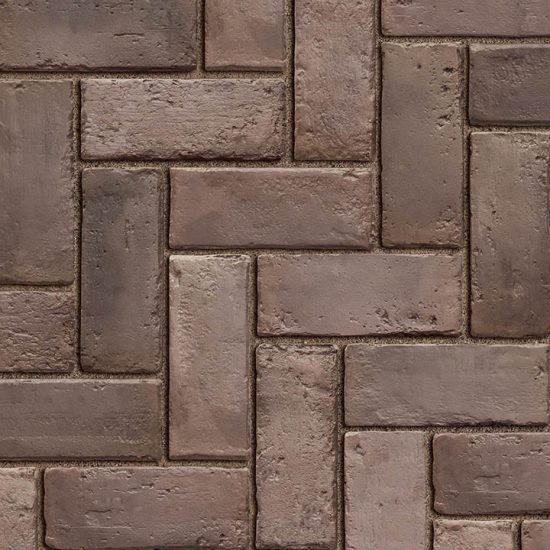
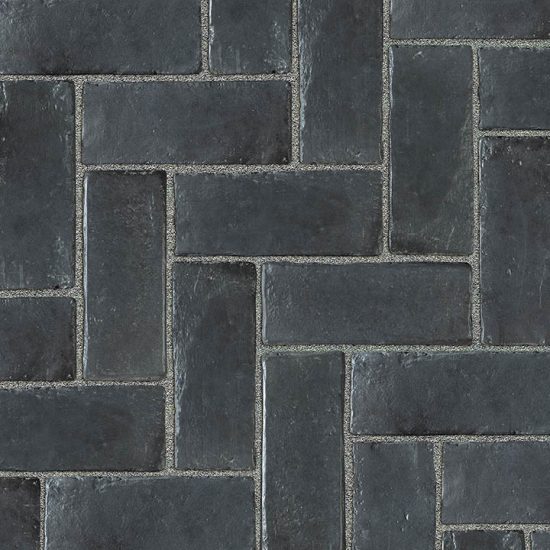
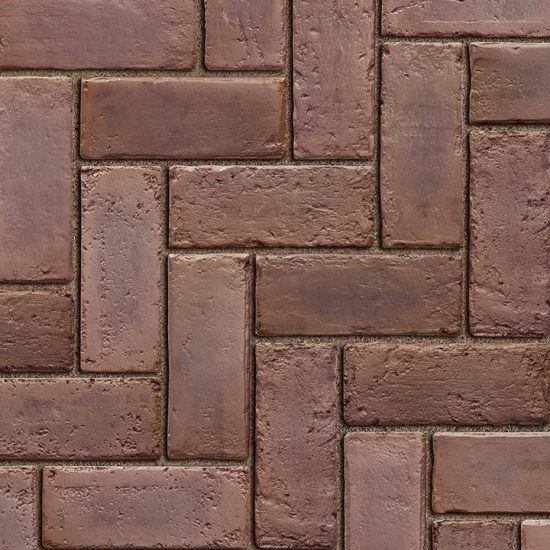
Shape and size

100mm x 250mm x 70mm
3 7/8" x 9 7/8" x 2 3/4"

100mm x 250mm x 70mm
3 7/8" x 9 7/8" x 2 3/4"

100mm x 250mm x 70mm
3 7/8" x 9 7/8" x 2 3/4"

100mm x 250mm x 70mm
3 7/8" x 9 7/8" x 2 3/4"

100mm x 250mm x 70mm
3 7/8" x 9 7/8" x 2 3/4"

100mm x 250mm x 70mm
3 7/8" x 9 7/8" x 2 3/4"

100mm x 250mm x 70mm
3 7/8" x 9 7/8" x 2 3/4"

100mm x 250mm x 70mm
3 7/8" x 9 7/8" x 2 3/4"

100mm x 250mm x 70mm
3 7/8" x 9 7/8" x 2 3/4"

100mm x 250mm x 70mm
3 7/8" x 9 7/8" x 2 3/4"

100mm x 250mm x 70mm
3 7/8" x 9 7/8" x 2 3/4"

100mm x 250mm x 70mm
3 7/8" x 9 7/8" x 2 3/4"


The refined surface of Unilock EnduraColor products is achieved with a two step manufacturing process that combines a base of coarser aggregates for a stronger foundation, with concentrated color and wear-resistant finer aggregates on top. This process protects the surface from the appearance of fading over time because the top layer prevents large, lighter color aggregates from ever showing through.
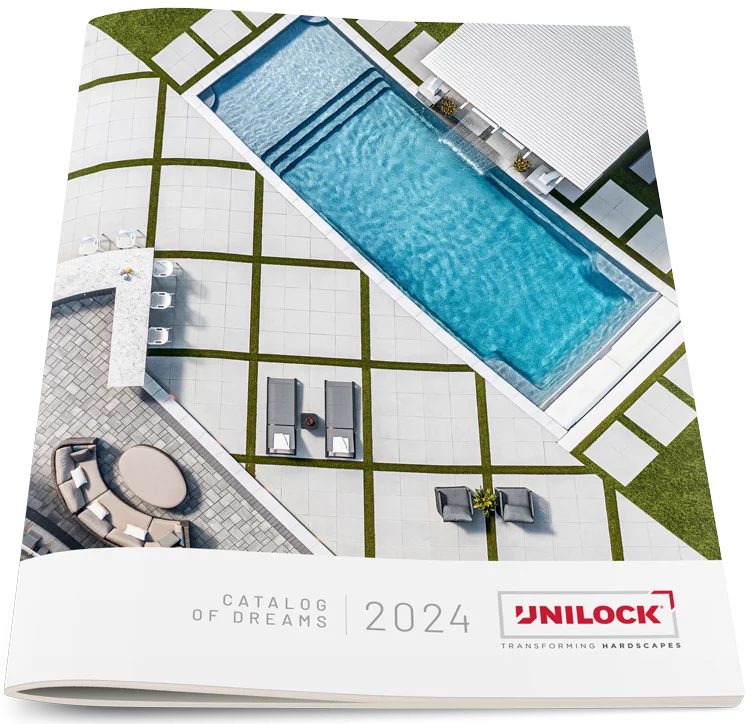
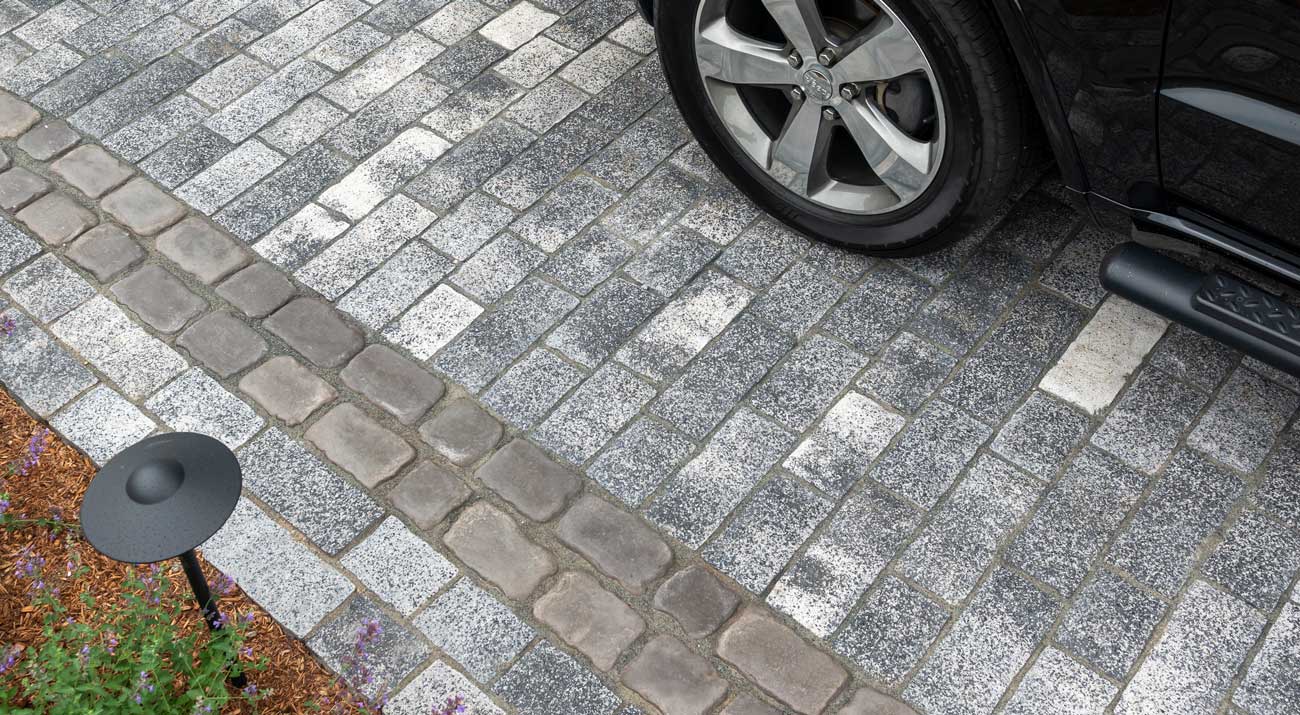






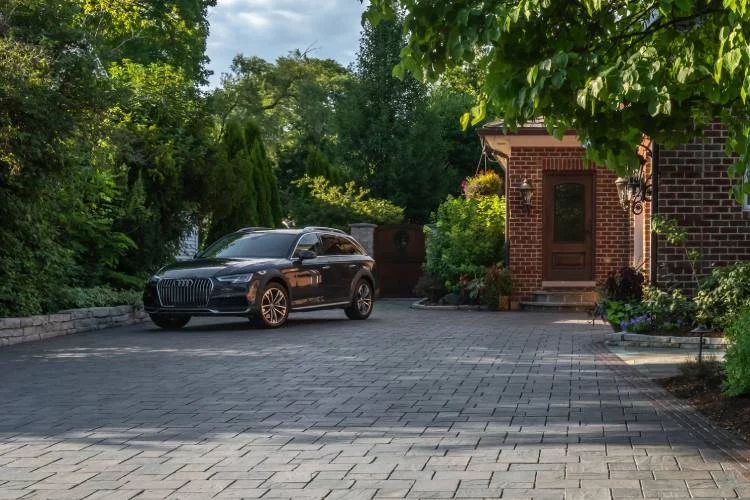
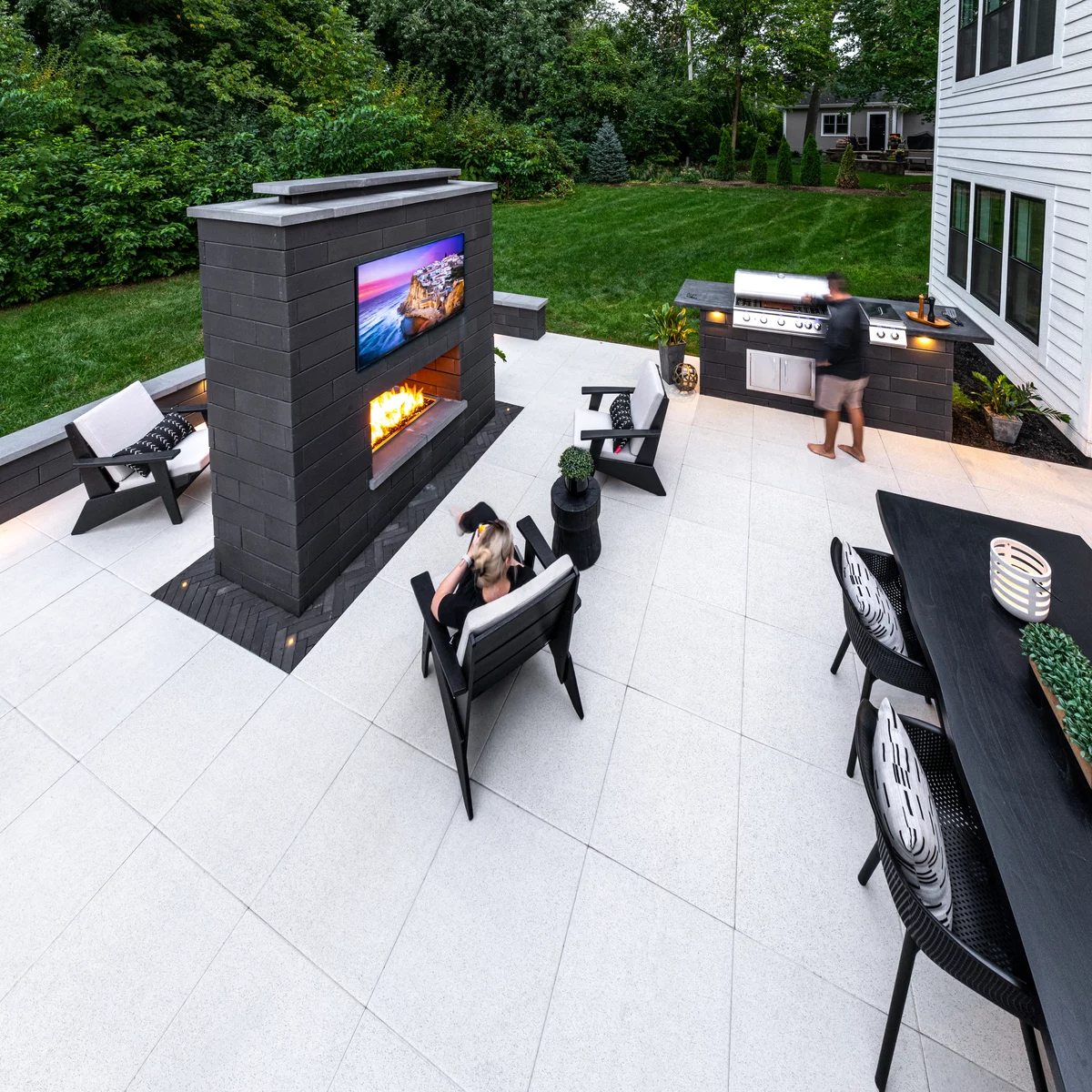
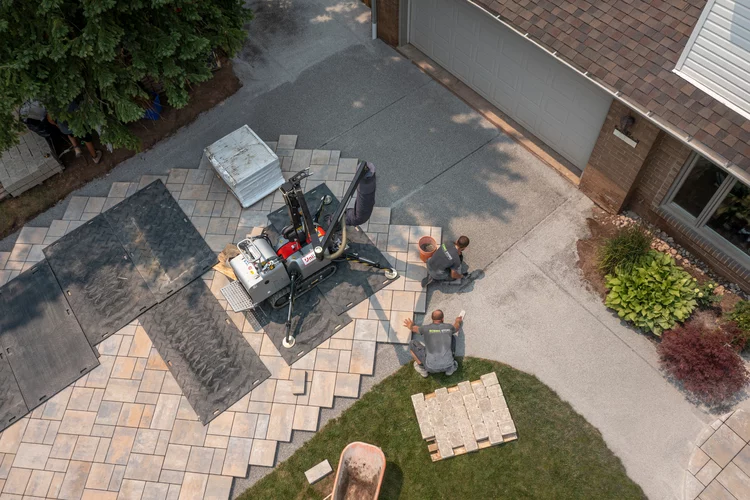
 Download PDF
Download PDF